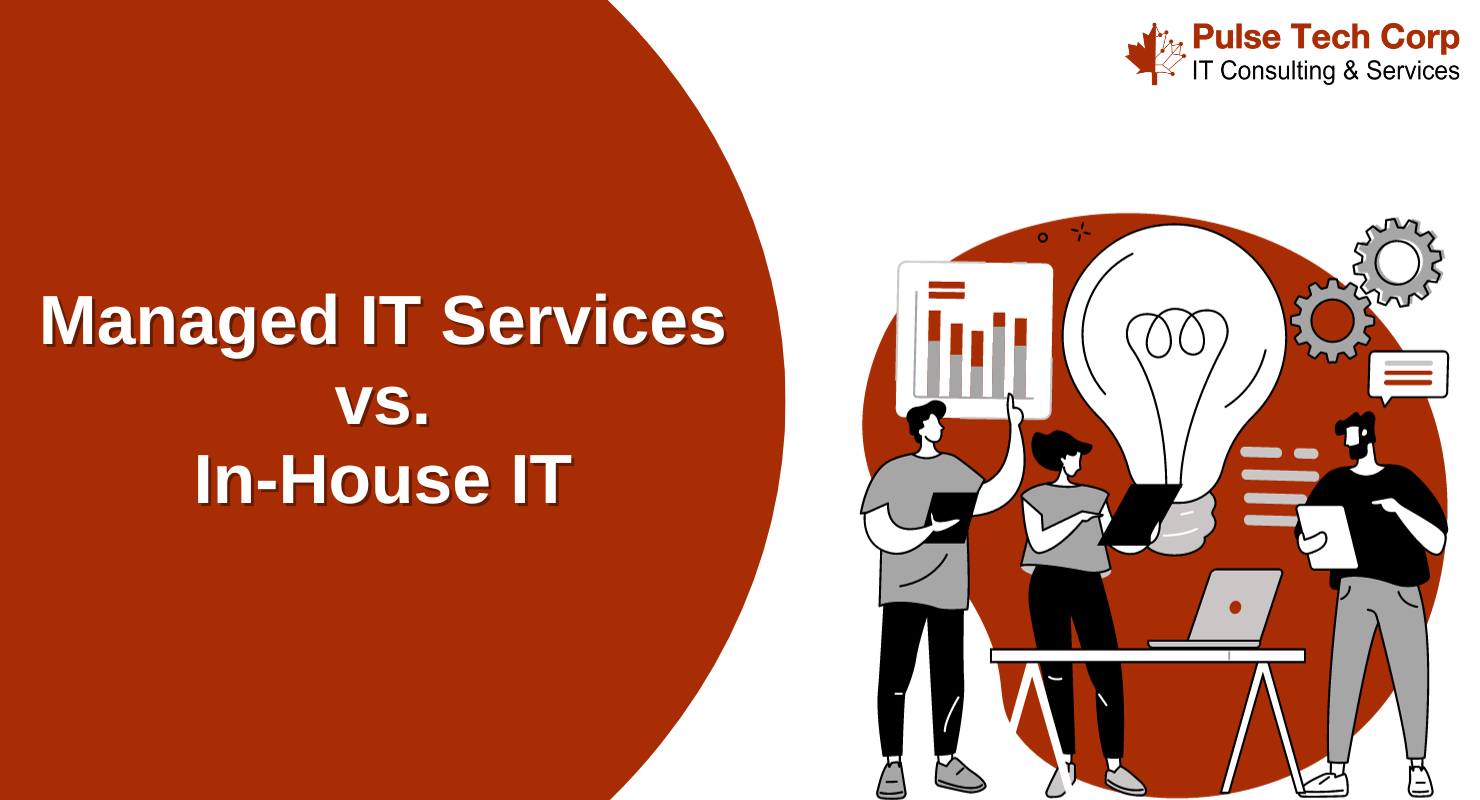managed it services Toronto
Managed IT Services vs. In-House IT: Finding the Right Balance for Your Business
In today’s technology-driven world, businesses heavily rely on efficient IT infrastructure to stay competitive and deliver exceptional services. The question that arises for many organizations is whether to opt for managed IT services or invest in an in-house IT department. While both options have their merits, finding the right balance between the two is crucial for maximizing productivity and minimizing costs. In this blog post, we will explore the key differences between managed IT services and in-house IT and provide insights on how to determine the optimal approach for your business.
Understanding Managed IT Services:
Managed IT services refer to the method of contracting out details IT operates to a third-party service provider. These companies provide a range of services, consisting of network surveillance, safety and security monitoring, information back-up, cloud computer, helpdesk support, and more. By partnering with a taken care of company (MSP), businesses access to a group of experts with substantial understanding and experience in managing IT challenges.
Exploring In-House IT:
On the other hand, in-house IT involves building and maintaining a dedicated IT department within the organization. This entails recruiting, training, and retaining IT professionals who handle all aspects of the company’s IT requirements. With an in-house IT team, businesses have direct control over their IT infrastructure and can align it closely with their specific needs and culture.
Pros and Cons of Managed IT Services:
Managed IT services offer several advantages. First, businesses can benefit from the expertise of specialized professionals who closely monitor and maintain their IT systems. This can improve security, minimize downtime, and ensure that technology is always up to date. Additionally, partnering with an MSP often results in cost savings compared to employing an entire IT department. However, relying solely on managed IT services can reduce in-house technical knowledge and limit customization options.
Pros and Cons of In-House IT:
Having an in-house IT department provides businesses with complete control over their infrastructure. IT professionals who are intimately familiar with the organization’s operations can provide tailored solutions and swift responses in case of emergencies. Communication within the team may be more seamless, and strategic decisions can be implemented promptly. However, building and maintaining an in-house IT team can be costly, requiring significant investments in recruitment, training, salaries, benefits, and ongoing professional development.
Finding the Right Balance:
The decision between managed IT services and in-house IT is not an either-or proposition. Finding the right balance for your business requires a careful assessment of your unique needs, resources, and long-term goals. Consider the following factors when making this decision:
- IT requirements: Evaluate the complexity and scale of your IT needs. If they are relatively simple and can be managed effectively by a third-party provider, managed IT services might be a cost-effective solution. For more complex infrastructures requiring specialized knowledge, an in-house IT team could provide better customization and control.
- Budget: Consider your financial resources. Managed IT services often offer predictable monthly costs, making budgeting more manageable. In contrast, building an in-house IT department might result in higher upfront expenses, but could yield long-term cost savings if the expertise is continually required.
- Scalability: Assess your growth plans. If your business is rapidly expanding or experiences fluctuations in IT demands, working with a managed service provider can offer flexible scalability options. In-house IT teams might require continuous adjustments to meet changing needs, involving additional recruitment and training.
- Security and Compliance: Evaluate the level of security and compliance required for your business. Managed IT service providers specialize in implementing robust security measures and ensuring compliance with industry regulations. In-house teams can also deliver high levels of security, especially when stringent control is necessary.
Conclusion:
Managed IT services and in-house IT both have their merits and drawbacks. The key lies in finding the right balance for your business based on your specific needs and resources. Consider factors such as IT requirements, budget, scalability, security, and compliance to make an informed decision. Ultimately, it might be a hybrid approach that combines elements of both options that best suits your organization. Consulting with IT experts and evaluating cost-benefit analyses can provide invaluable guidance in the pursuit of finding the optimal IT solution for your business.
Remember, choosing the right IT approach is a strategic decision that profoundly impacts your business’s efficiency and growth potential.


